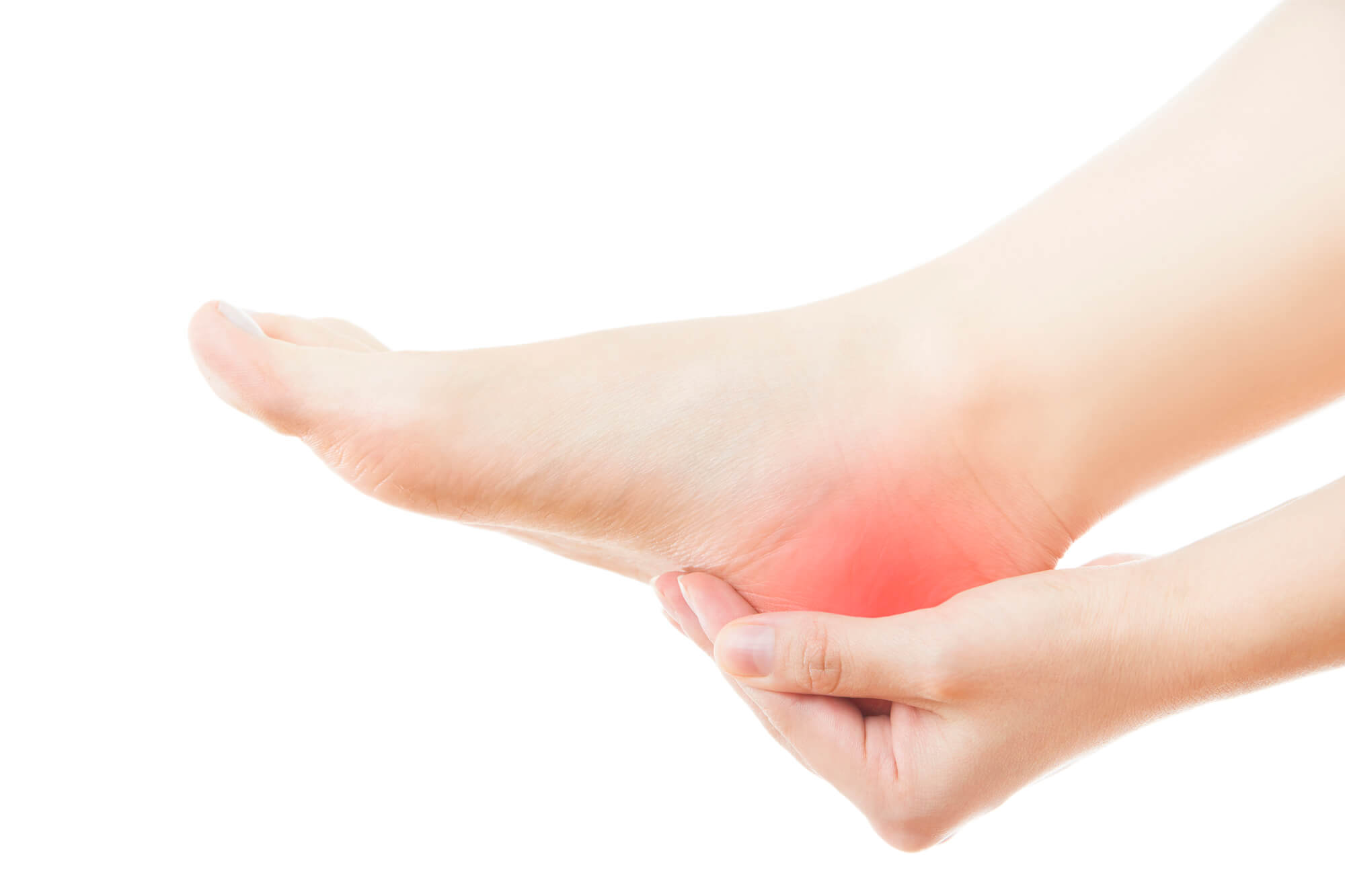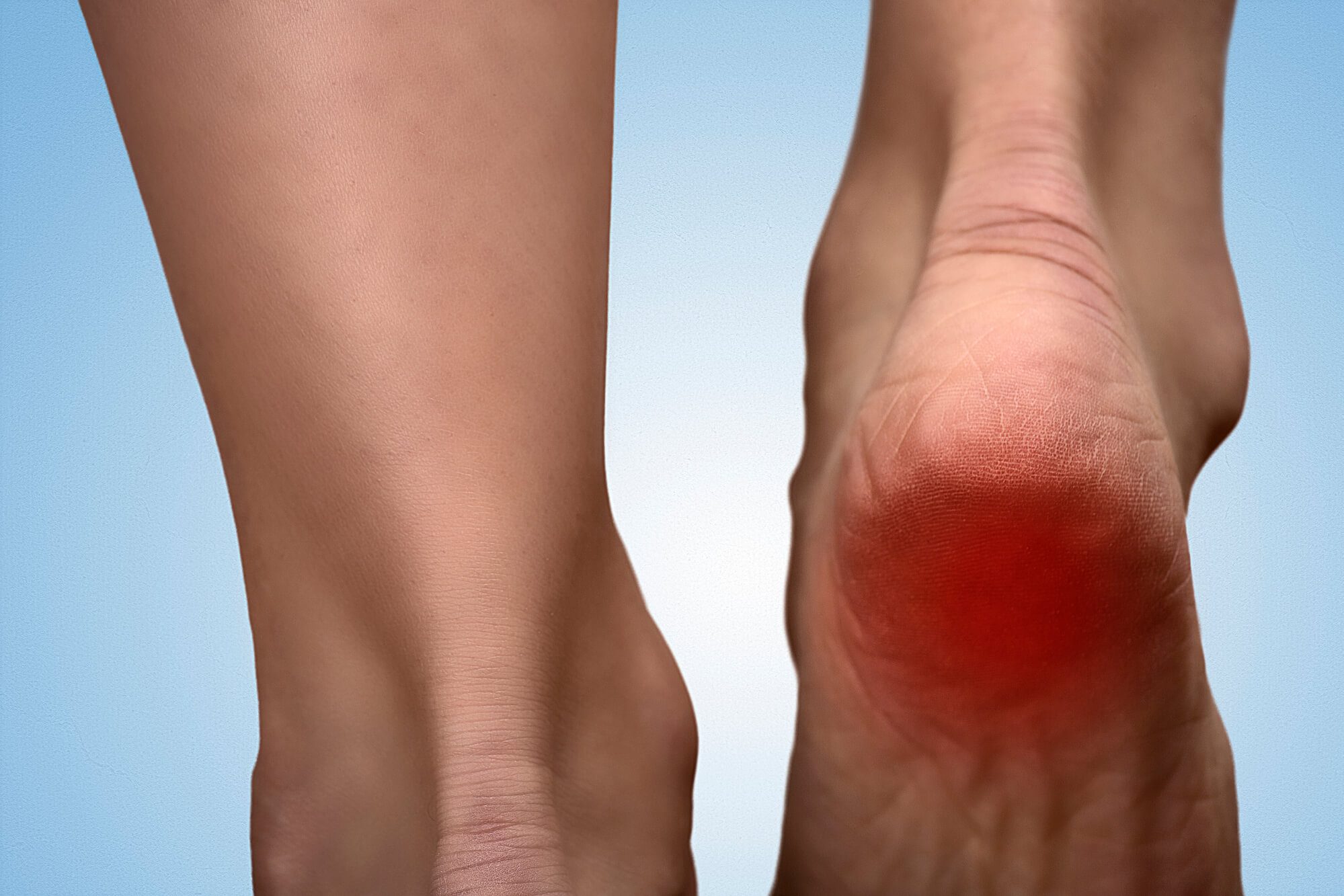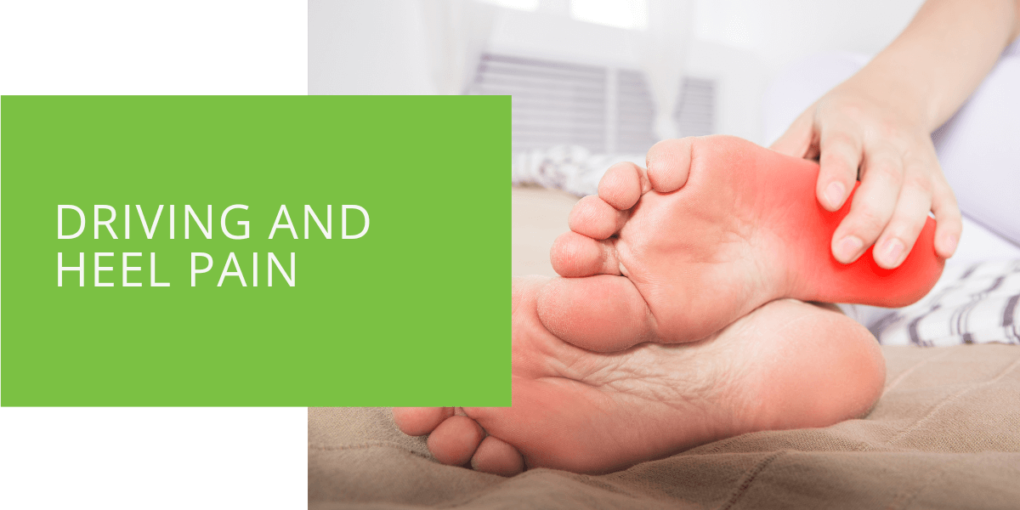Driving and Heel Pain: Causes and Solutions
Driving can be a convenient and efficient way to get around, but it can also take a toll on your feet and ankles. If you have ever experienced heel pain while driving, you know how uncomfortable and frustrating it can be. This article will explore the causes of driving heel pain and provide relief solutions. Whether you are a long-distance truck driver, a daily commuter, or a weekend road warrior, you will find valuable tips and strategies for reducing heel pain while on the road. So if you are ready to say goodbye to heel pain and hello to comfortable driving, read on for more information.
What Is Driving Heel Pain?
Driving heel pain is discomfort or pain in the heel area while driving. This type of pain is usually caused by prolonged sitting and improper posture while driving and can range from mild to severe in intensity.
Who Is Most Likely to Experience Driving Heel Pain?
Anyone can experience driving heel pain, but certain groups may be more prone to it. For example, people with foot conditions such as plantar fasciitis, bursitis, or bruises on the heel are more likely to suffer from driving heel pain. Additionally, people who drive long distances or sit in their cars for long periods may be more prone to heel pain while driving.

Causes of Driving Heel Pain
Sitting for Long Periods of Time
One of the main causes of driving heel pain is sitting for long periods. When you sit for extended periods, your feet are in a stationary position and do not have the opportunity to move and stretch. This can lead to stiffness and pain in the heels and ankles.
Improper Posture While Driving
Another cause of driving heel pain is improper posture while driving. If you are not sitting upright and your feet are not properly positioned on the pedals, it can cause strain on the heels and ankles. This is especially true if you are driving with your feet pointed toward the pedals, as this can put added pressure on the heel area.
Wearing Inappropriate Shoes While Driving
Wearing shoes unsuitable for driving can also contribute to heel pain. High heels, for example, can strain the heel area and cause discomfort while driving. Additionally, shoes that do not offer proper support or cushioning can contribute to heel pain while driving.

Solutions for Driving Heel Pain
Take Breaks and Stretch
If you are experiencing driving heel pain, taking breaks and stretching your feet and ankles is important. This can help to reduce stiffness and improve circulation in the feet. Some simple stretches you can try include pointing and flexing your toes, rolling your foot over a ball, and gently massaging the foot and ankle.
Adjust Your Driving Posture
Improving your posture while driving can also help to alleviate heel pain. Make sure you sit upright with your feet flat on the floor and your knees bent at a 90-degree angle. You should also position your feet, so they are comfortably resting on the pedals rather than pointed downward.
Wear Comfortable, Supportive Shoes While Driving
Wearing comfortable, supportive shoes while driving is another important step in reducing heel pain. Look for shoes that offer good arch support and cushioning in the heel area, as these can help to reduce strain on the feet and ankles. Avoid wearing high heels or shoes with minimal support while driving.

Try Heel Cushions or Insoles
If you are experiencing persistent heel pain while driving, you may consider using heel cushions or insoles. These products are designed to provide extra cushioning and support for the heel area and can help to reduce discomfort while driving. Some options include gel heel cushions, foam heel cups, and arch support insoles.
Conclusion
Driving heel pain is a common problem caused by prolonged sitting and poor driving posture. However, by taking breaks and stretching, adjusting your posture, and wearing comfortable, supportive shoes, you can help to reduce your risk of experiencing heel pain while driving. If you are experiencing persistent or severe heel pain while driving, it is important to consult a podiatrist or other foot and ankle specialist to determine the best course of treatment. With the right strategies and techniques, you can enjoy comfortable, pain-free driving and easily get where you need to go.
FAQ
How do I stop my heels from hurting when I drive?
Try taking breaks and stretching your feet and ankles regularly to stop your heels from hurting when you drive. You should also make sure to sit upright with your feet flat on the floor, your knees bent at a 90-degree angle, and position your feet comfortably on the pedals. Wearing comfortable, supportive shoes that offer good arch support and cushioning in the heel area can also help to reduce strain on the feet and ankles. If you are experiencing persistent heel pain while driving, you may consider using heel cushions or insoles or consulting with a podiatrist or other foot and ankle specialist.
Why does my heel hurt when I drive?
Your heel may hurt due to prolonged sitting and improper posture while driving. Sitting for long periods can lead to stiffness and pain in the heels and ankles, and improper posture can cause strain on the heels and ankles. Additionally, wearing shoes that do not offer proper support or cushioning can contribute to heel pain while driving.
Can excessive driving cause plantar fasciitis?
Excessive driving may contribute to the development of plantar fasciitis, a condition that causes pain and inflammation in the plantar fascia, a band of tissue that runs along the bottom of the foot. Prolonged sitting and improper driving posture can strain the plantar fascia, leading to pain and inflammation.
Does driving aggravate plantar fasciitis?
Driving can aggravate plantar fasciitis if you are not taking steps to reduce strain on the plantar fascia. If you already have plantar fasciitis, it is important to take breaks, stretch your feet and ankles regularly while driving, and wear comfortable, supportive shoes that offer good arch support and cushioning. If you are experiencing persistent heel pain while driving, you may consider using heel cushions or insoles or consulting with a podiatrist or other foot and ankle specialist.
What is driver's foot?
Driver's foot is a term that refers to discomfort or pain in the foot and ankle area while driving. This type of pain is usually caused by prolonged sitting and improper posture while driving and can range from mild to severe in intensity. Driver's foot may be experienced by anyone who drives, but it is more common in people who drive long distances or sit in their car for long periods.

